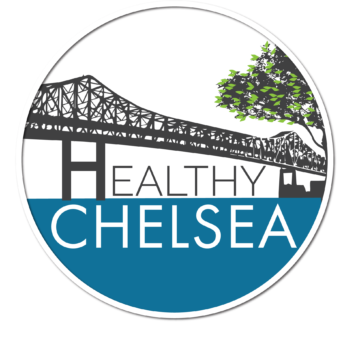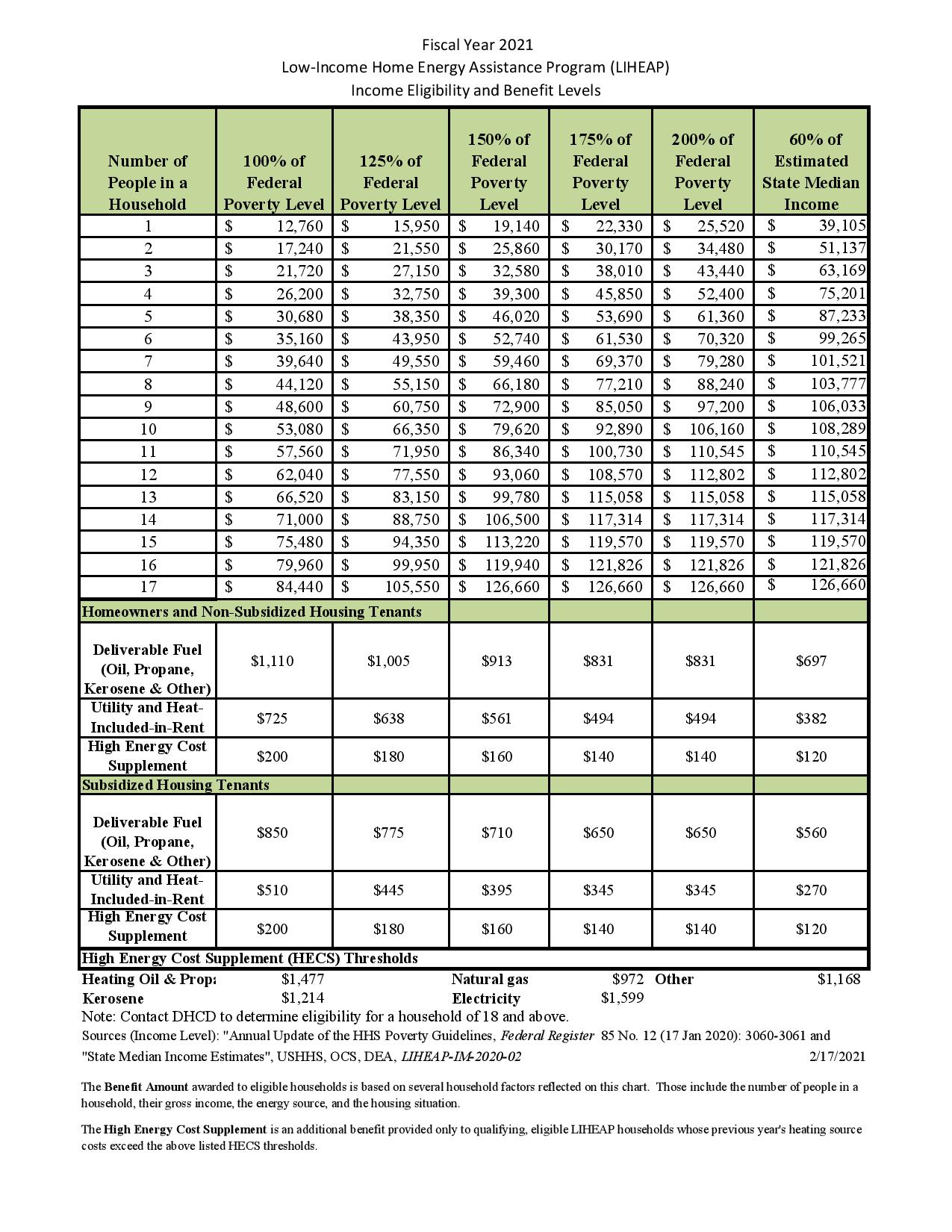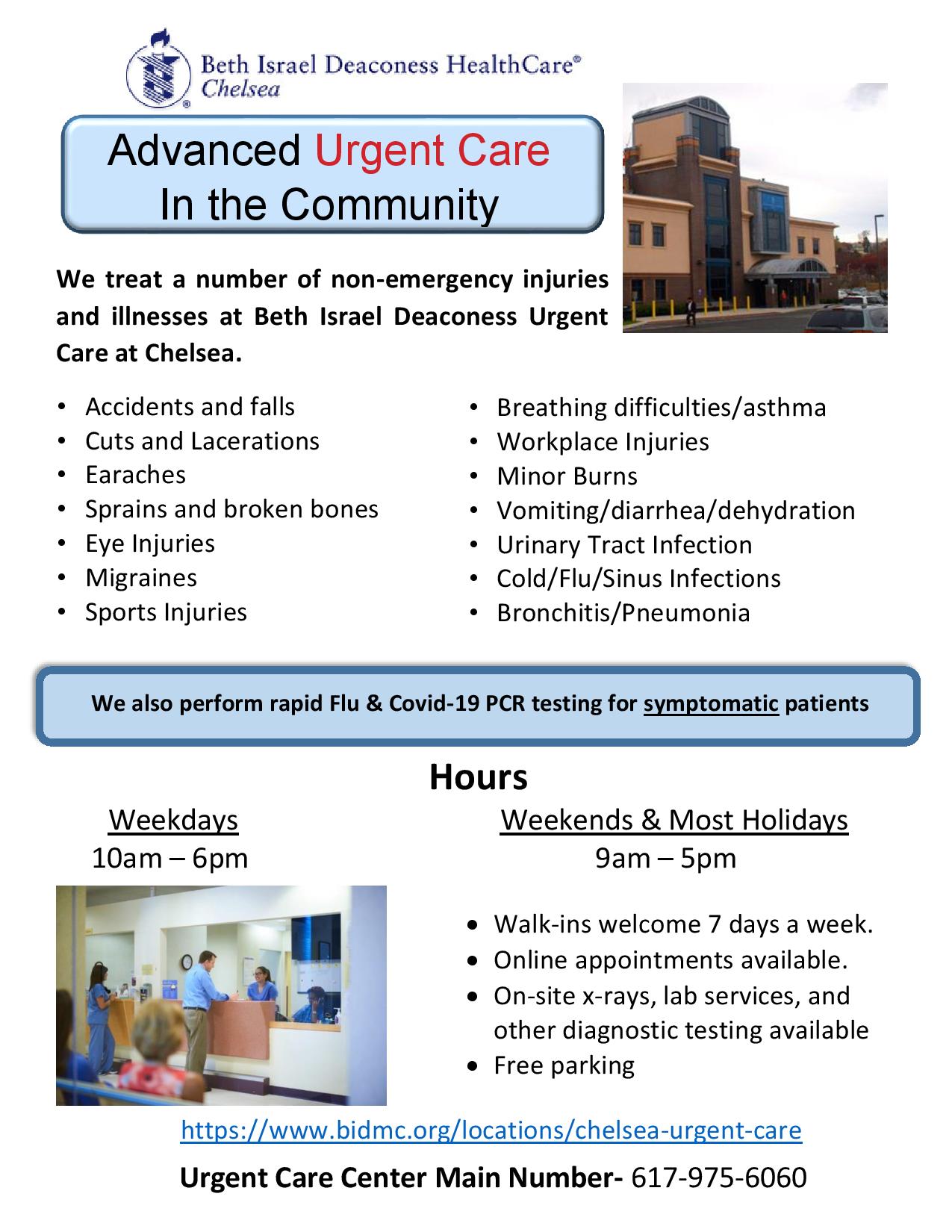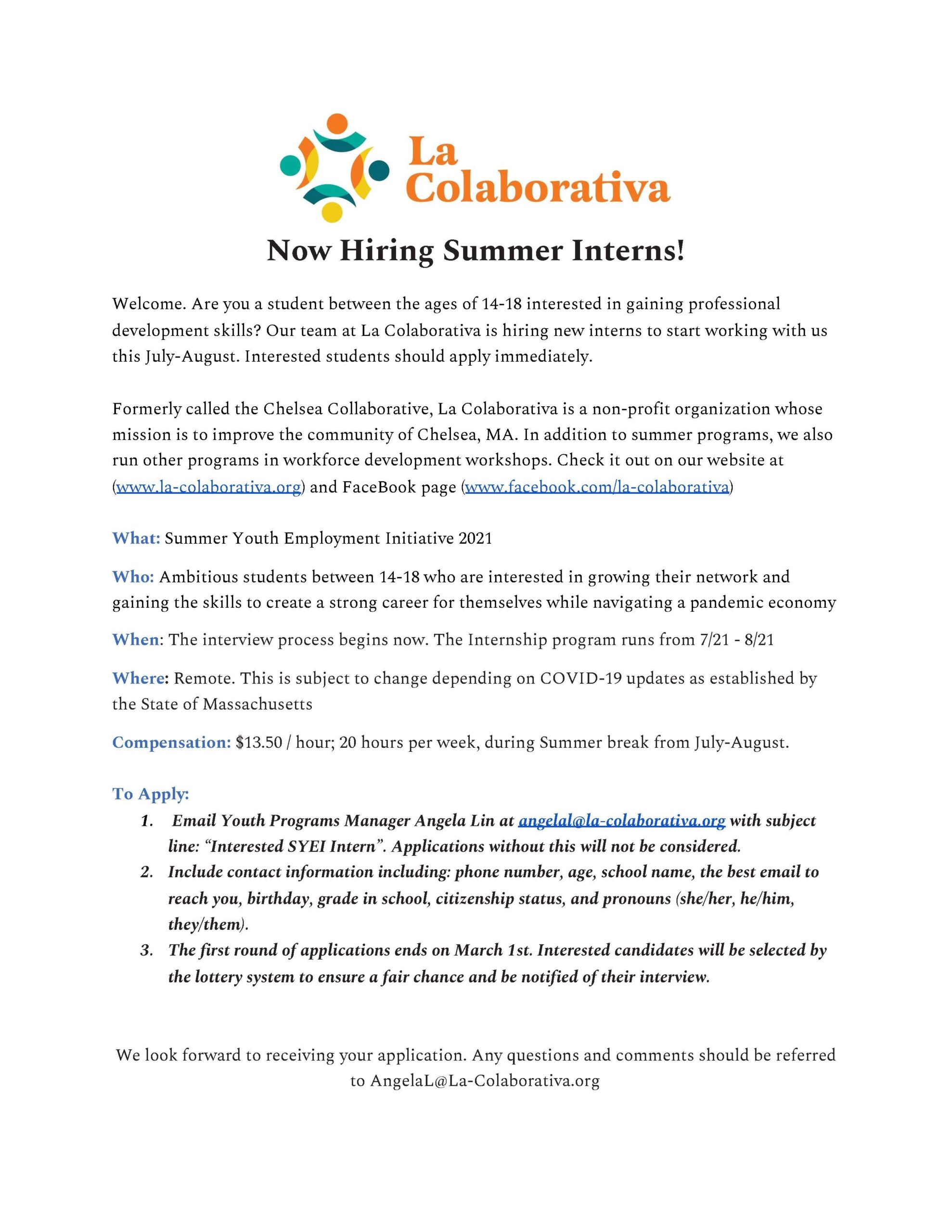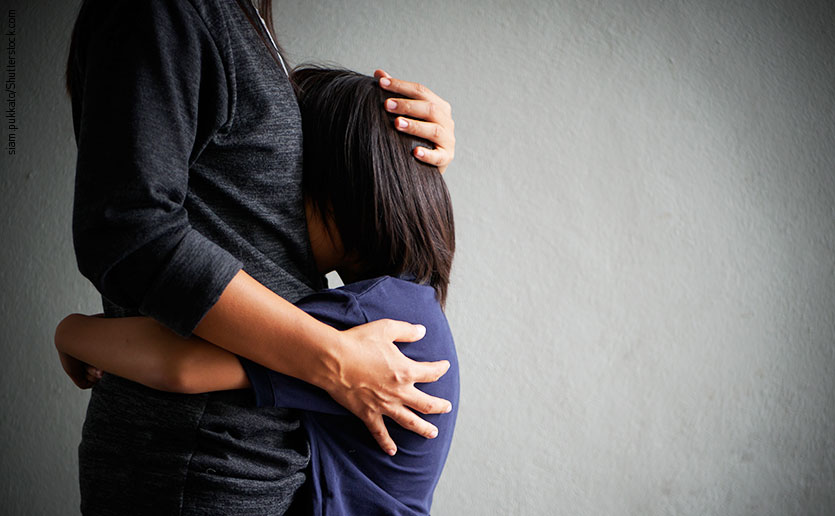
Gene Beresin, MD, of The Clay Center for Young Healthy Minds, shares tips for parents to help children, teens cope with situational anxiety.
Anxiety is a way we humans have evolved to protect ourselves.
Situational anxiety is a normal reaction to an adverse event in our lives.
In threatening situations, our brains release of a string of responses that result in rapid heart rate, sweating, trembling, hyperventilating, and intense fear — all geared to prepare us for danger. This is the foundation for appropriate and adaptive anxiety. But when this kind of “danger” response happens enough to significantly interfere with a child or teen’s social, academic, or recreational functioning, we call it a psychiatric disorder. Still yet, there are examples of when anxiety is not listed an official disorder but can be disruptive for everyday life.
Let’s look at what has been called “situational anxiety.”
What is Situational Anxiety?
Situational anxiety is a normal reaction to an adverse event in our lives. It’s typically unexpected or shocking or creates sudden hardship or excessive worrying about how it might negatively affect our lives. It’s often tied to feeling out of control. It can affect our kids — interrupting their busy schedules, and impairing their sleep, exercise, academics, and social life.
If this is an issue of situational anxiety, you likely will also notice a rather sudden change in behavior.
Some examples that send shock waves through our kids include: natural disasters (hurricanes, mud slides, forest fires), public health crises, mass shootings, cyberbullying or a sudden death or a loss.
How Will I Recognize Situational Anxiety in My Child or Teen?
In general, anxiety may present itself through one or more of the following symptoms.
These are symptoms of panic attacks, that may be observable:
- Rapid heart rate
- Hyperventilation and shortness of breath
- Dizziness or fainting
- Sweating
- Pacing
- Blushing
Kids may also reveal other signs of anxiety:
- Fatigue
- Irritability or temper tantrums in younger kids
- Isolation
- Poor appetite
- Poor sleep
- Physical complaints: Headaches, stomach aches, chest pain
- Reduced verbal responsiveness
- Expressions of worry
If this is an issue of situational anxiety, you likely will also notice a rather sudden change in behavior. Your child may behave in ways that are “out of character.”
8 Tips to Help Children and Teens Cope
Here is some guidance for parents to consider.
1. If the Situation Also Affects You, Take Care of Yourself
We are all shaken by sudden, unexpected, and at times devastating news events. Many people are profoundly concerned about climate change, natural disasters or mass shootings. Remember that anxiety is “contagious,” and your kids will pick up on your emotional reactions. The most effective way to help them is to stay calm yourself. Here are some ways you can help diminish your own anxiety:
[Younger children] tend to see the world in concrete black and white terms.
- Talk with supports, such as a spouse, partner, friend or relative. Talking about your worries is a great way to decrease anxiety.
- Take care of your physical health, including getting restful sleep and exercise.
- Use the best methods you have found helpful for reducing your own anxiety, such as yoga, meditation, prayer, listening to music, reading, journaling, or watching a good TV show.
2. Initiate Conversations
Many times, your child will not approach you with their anxiety or concerns. This may be because they feel ashamed, worried that talking will make things worse, or that they will burden you. If you notice a change in your child’s behavior, there is no harm in saying: “I’ve noticed you haven’t been yourself, lately. Is anything troubling you?” Then, follow with open-ended questions — ones that let them respond with more than just “Yes,” “No,” or “Nothing.” The point of open-ended questions is to get more details that allow you to explore what’s going on. Examples include:
- What are you worried about?
- Can you tell me about your concerns?
- How are you feeling?
3. Think Developmentally
Kids’ bodies and brains change rapidly as they get older. So, school-age children (ages 7-12) may have different anxieties about a situation than a teen (ages 13-18) or young adult.
Kids of all ages need to know that you take their anxiety seriously and acknowledge how much it means to them.
Younger children are more concerned about daily routines and activities. They also tend to see the world in concrete black and white terms. They often need simple explanations about what is going on and a clear statement that you, the parent or caregiver, will be there to protect them. They do not need to be swamped with news and information. For them, it is best to turn the TV and digital media off.
Teens and young adults think with more complexity. They can see beyond the here and now and may worry about the impact of a situation on their life in the weeks ahead or even years ahead. They may be concerned about a situation’s effect on their family, friends, community, or the earth. For them, it may help to sit with them in front of the TV or computer and learn together about the situation in the news. Or if it is a local event, such as cyberbullying or a sudden death, have an in-depth conversation about what’s been happening. Older children and young adults need to process a situation and this is best done through discussions.
4. Validate Feelings and Concerns
Kids of all ages need to know that you take their anxiety seriously and acknowledge how much it means to them. Whether it is rational or irrational, it is the reality of what your child is feeling and thinking. Try to uncover their feelings and concerns and let them know that you understand and appreciate what they are feeling. Then you can have a conversation about the situation in a way that can help reduce their anxiety.
Kids as well as adults benefit from activities that promote resilience and well-being.
5. Encourage Peer Support
Kids, especially teens and young adults with situational anxiety, often want to talk with friends about their concerns. Peer support has been shown to be very helpful in managing anxiety and is often best accomplished under supervision of a trusted adult, lest the conversation escalate and increase anxiety. Ask your child if she would like to talk with her friends and a trusted adult. Then, consider which adult could best provide guidance. This might be you or another parent, a valued teacher, coach, community leader, or member of your spiritual community.
6. Help Identify Self-Care Activities
Kids as well as adults benefit from activities that promote resilience and well-being. This includes getting good amounts of sleep and exercise. For all of us, a variety of activities may be helpful, such as the ones noted above for parents. The Clay Center has videos on Self-Care for Middle School, High School and College along with a Tool Kit that may be used at home or in school to facilitate discussion.
7. Provide Perspective and Reassurance
All kids need to know that no matter the situation, there are ways to meet the challenge. For any particular situation, one strategy may naturally be better than another, but in general we want to help them feel confident that something can be done. It is often helpful to think of a family story in which a significant hardship was overcome: “Remember when Grandma died?” or “Remember when the hurricane hit us, and a tree fell on the house?” “We all stuck together, and with the help and support of our family and friends, we got through it.” Narratives such as these provide a foundation for resilience and hope.
There are many effective treatments for anxiety, including cognitive behavioral therapy, other types of individual psychotherapy, family therapy, group therapy, and medications.
8. Seek Professional Help
There are times when many of the above measures are insufficient to quell situational anxiety. It may be that your child is struggling with other mental health problems such as depression, an anxiety disorder, or a developmental disorder that make it very hard to bounce back. Or your child may be the kind of kid who is already anxious, moody, or rigid in thinking and gets “stuck” emotionally or in certain ways of thinking.
In these cases, professional help is invaluable. Talk with your pediatrician and get a referral to a mental health professional who can do a comprehensive evaluation and suggest a treatment plan. There are many effective treatments for anxiety, including cognitive behavioral therapy, other types of individual psychotherapy, family therapy, group therapy and medications.
The bottom line is this: at some time or another, we all face difficult situations in our communities and around the world. With thoughtful, sensitive attention to the specific worries and concerns of our kids, we can help ease their current situational anxiety and lay an important foundation to deal with situational anxiety in the future.
To donate or learn more about the Clay Center, please contact us.
This story first appeared on the Clay Center’s website.
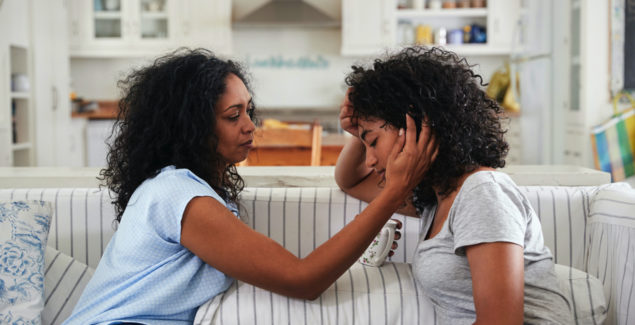
By Gene Beresin, Executive Director
Posted in: Grade School, Hot Topics, Parenting Concerns, Teenagers, You & Your Family
Topics: Anxiety, COVID-19 + Family Mental Health, En Español, Stress
La ansiedad es la forma en que los humanos hemos evolucionado para protegernos.
En situaciones amenazadoras, nuestros cerebros desencadenan una serie de respuestas que resultan en una elevación del ritmo cardíaco, sudoración, temblores, hiperventilación y miedo intenso, todo con el propósito de prepararnos para el peligro. Esta es la base de la ansiedad apropiada y adaptativa. Pero cuando este tipo de respuesta de “peligro” ocurre en un grado suficiente como para interferir significativamente con el funcionamiento social, académico o recreativo de un niño o adolescente, es cuando la identificamos como un trastorno psiquiátrico. También hay ejemplos en los cuales cuando la ansiedad no figura como un trastorno oficial, pero puede ser perjudicial para la vida cotidiana.
Veamos lo que se ha llamado “ansiedad situacional”.
¿Qué es La Ansiedad Situacional?
La ansiedad situacional es una reacción normal a un evento adverso en nuestras vidas. Típicamente, es una respuesta a algo inesperado o impactante, que crea dificultades repentinas o preocupaciones excesivas sobre cómo este evento podría afectar negativamente nuestras vidas; a menudo está relacionado con una sensación de sentirse fuera de control. La ansiedad situacional puede afectar a nuestros hijos, interrumpiendo sus rutinas y perjudicando el sueño, ejercicio, estudios y vida social.
Algunos ejemplos de eventos que conmueven a nuestros hijos incluyen: desastres naturales (huracanes, deslizamientos de lodo, incendios forestales), crisis de salud pública, tiroteos masivos, acoso cibernético o una muerte o pérdida repentina.
¿Cómo reconoceré la ansiedad situacional en mi hijo o adolescente?
En general, la ansiedad puede identidicarse por medio de uno o más de los siguientes síntomas.
Los siguientes síntomas son típicos en los ataques de pánico:
- Ritmo cardiaco elevado
- Hiperventilación y falta de aliento
- Mareos o desmayos
- Sudores
- Caminar/moverse constantemente
- Rubor o “ponerse rojo”
Los niños también pueden presentar otros signos de ansiedad:
- Fatiga
- Irritabilidad o berrinches en niños pequeños
- Aislamiento
- Poco apetito
- Dormir mal
- Quejas físicas: dolores de cabeza, dolor de estómago, dolor en el pecho
- Responder verbalmente menos cuando uno les habla
- Expresiones de preocupación
Si se trata de un problema de ansiedad situacional, es probable que usted también note un cambio repentino en el comportamiento de su hijo/hija con comportamientos anormales para su hijo/hija.
Cómo Ayudar a Sobrellevar El Estrés de Niños/as y Adolescentes: Consejos Para Padres
1. Si La Situación También Le Está Afectando a Usted como Padre, Cuídese
Todos estamos sacudidos por noticias repentinas, inesperadas y, a veces, devastadoras. Muchas personas están profundamente preocupadas por el cambio climático, los desastres naturales o los tiroteos masivos. Recuerde que la ansiedad es “contagiosa” y sus hijos percibirán sus reacciones emocionales. La forma más efectiva de ayudarlos es mantener la calma. Aquí hay algunas formas en que puede ayudar a disminuir su propia ansiedad:
- Hable con la gente en su vida que le apoyan, como su esposo o esposa, pareja, amigo o pariente. Hablar sobre sus preocupaciones es una excelente manera de disminuir la ansiedad.
- Cuide su salud física, incluyendo el sueño reparador y el ejercicio.
- Use los métodos que haya encontrado mas útiles para reducir su propia ansiedad, como yoga, meditación, oración, escuchar música, leer, escribir en un diario o mirar un buen programa de televisión.
2. Inicie Conversaciones
Muchas veces, su hijo no se acercará a usted con ansiedad o inquietudes. Esto puede deberse a que se siente avergonzado, preocupado de que al hablar las cosas empeoren o de que le agobie a usted como padre. Si nota un cambio en el comportamiento de su hijo/a, no hay nada malo en decir: “He notado que no has sido tú mismo últimamente. ¿Hay algo que te preocupa?” Luego, siga con preguntas abiertas, que le permitan responder con algo más que “Sí”, “No” o “Nada”. El objetivo de las preguntas abiertas es obtener más detalles que le permitan explorar lo que está sucediendo. Ejemplos incluyen:
- ¿Qué te preocupa?
- ¿Puedes contarme sobre tus preocupaciones?
- ¿Cómo te sientes?
3. Tome en Cuenta El Desarrollo
Los niños/as en edad escolar (de 7 a 12 años) tienen distintas ansiedades comparados con adolescentes (de 13 a 18 años) o adulto joven.
Los niños/as más pequeños están más preocupados por las rutinas y actividades diarias. También tienden a ver el mundo en términos concretos, en blanco y negro. A menudo necesitan explicaciones simples sobre lo que está sucediendo y una declaración clara de que usted, el padre, madre, o adulto que le cuida, estará allí para protegerlo/a. No necesitan estar inundados de noticias e información. Para ellos, es mejor apagar la televisión y los medios digitales.
Los adolescentes y los adultos jóvenes piensan con más complejidad. Pueden ver más allá del aquí y ahora, y pueden preocuparse por el impacto de una situación en su vida en las próximas semanas o incluso en los próximos años. Pueden estar preocupados por el efecto de una situación en su familia, por sus amigos, su comunidad o incluso los cambios climáticos. Puede ser útil sentarse con ellos frente al televisor o la computadora y aprender juntos sobre la situación en las noticias. O si se trata de un evento local, como el ciberacoso o una muerte súbita, mantenga una conversación en profundidad sobre lo que ha estado sucediendo. Los niños mayores y los adultos jóvenes necesitan procesar una situación, y esto se hace mejor a través de la conversación.
4. Valide Sus Sentimientos y Preocupaciones
Los niños de todas las edades necesitan saber que usted toma en serio su ansiedad y reconoce cuánto significa para ellos. Ya sea racional o irracional, es la realidad de lo que su hijo siente y piensa. Intente descubrir sus sentimientos y preocupaciones, y hágales saber que comprende y aprecia lo que sienten. Luego, puede conversar sobre la situación de una manera que pueda ayudar a reducir su ansiedad.
5. Fomente el Apoyo de Pares
Los niños, especialmente los adolescentes y adultos jóvenes con ansiedad situacional, a menudo quieren hablar con sus amigos sobre sus preocupaciones. Se ha demostrado que el apoyo de pares es muy útil para controlar la ansiedad, y a menudo se logra mejor bajo la supervisión de un adulto de confianza, para que la conversación no se intensifique y aumente la ansiedad. Pregúntele a su hijo si le gustaría hablar con sus amigos y un adulto de confianza. Luego, considere qué adulto podría brindar mejor orientación. Puede ser usted o su esposo/a, un maestro preferido, entrenador, líder comunitario o miembro de su comunidad espiritual.
6. Ayude a Identificar Actividades de Autocuidado
Tanto los niños como los adultos se benefician de actividades que promueven la resiliencia y el bienestar. Esto incluye dormir bien y hacer ejercicio. Para todos nosotros, una variedad de actividades pueden ser útiles, como las mencionadas anteriormente para los padres. El Centro Clay tiene videos sobre el autocuidado para la escuela intermedia, la escuela secundaria y la universidad junto con una colección de herramientas que se puede usar en casa o en la escuela para facilitar la conversación.
7. Proporcione Perspectiva y Tranquilidad
Todos los niños/as necesitan saber que no importa la situación, hay formas de enfrentar el desafío. Para cualquier situación particular, una estrategia puede ser naturalmente mejor que otra, pero en general queremos ayudarlos a sentirse seguros de que se puede hacer algo. A menudo es útil pensar en una historia familiar en la que se superaron dificultades significativas: “¿Recuerdas cuando murió la abuela?” o “¿Recuerdas cuando el huracán nos golpeó y un árbol cayó sobre la casa?” “Todos nos mantuvimos unidos, y con la ayuda y el apoyo de nuestra familia y amigos, lo superamos.” Narrativas como estas proporcionan una base para la resiliencia y la esperanza.
8. Busque Ayuda Profesional
Hay momentos en que muchas de las medidas anteriores son insuficientes para calmar la ansiedad situacional. Puede ser que su hijo/a esté luchando con otros problemas de salud mental como la depresión, un trastorno de ansiedad o un trastorno del desarrollo que hace que sea muy difícil recuperarse. O puede ser que su hijo/a sea el tipo de niño/a que es naturalmente ansioso/a, propenso al mal humor o rígido en el pensamiento y que se “atora” emocionalmente o en ciertas formas de pensar.
En estos casos, la ayuda profesional es invaluable. Hable con su pediatra y pídale que lo refiera a un profesional de salud mental que pueda hacer una evaluación exhaustiva y que pueda sugerir un plan de tratamiento. Existen muchos tratamientos efectivos para la ansiedad, entre ellos la terapia cognitivo-conductual, otros tipos de psicoterapia individual, terapia familiar, terapia grupal y medicamentos.
La conclusión es esta: en algún momento u otro, todos enfrentamos situaciones difíciles en nuestras comunidades y en todo el mundo. Con atención cuidadosa y sensible a las preocupaciones específicas de nuestros hijos/as, podemos ayudar a aliviar sus ansiedades situacionales actuales y sentar una base importante que los ayude a enfrentar la ansiedad situacional en el futuro.
